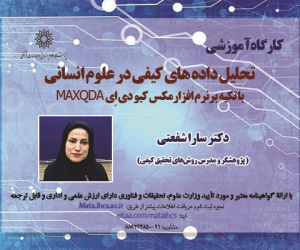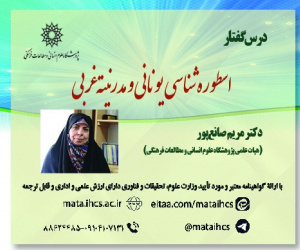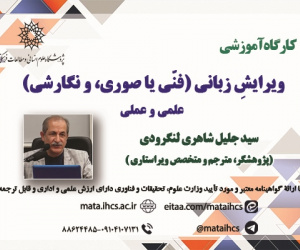واکاوی لباس های بانوان کُرد شمال خراسان در لایین (مقاله علمی وزارت علوم)
درجه علمی: نشریه علمی (وزارت علوم)
آرشیو
چکیده
پوشاک نقش مهمی در پاسداری از ارزش های فرهنگی و هویتی هر منطقه دارد. این پژوهش بر لباس های بانوان کُرد شمال خراسان در لایین، واقع در خراسان رضوی، تمرکز دارد. این لباس ها از قدیمی ترین فرم لباس کُردی بانوان در خراسان است. با توجه به دنیای پرتلاطم مدرن کنونی و گذار از سنت به مدرنیته، این لباس ها تنها در مراسم و جشن ها استفاده می شود. با شناخت برش و دوخت لباس های سنتی که ریشه های فرهنگی و هویتی هر قومیتی است می توان از فراموش شدن آن جلوگیری کرد و این دانش های بومی را به دست آیندگان رساند. در این پژوهش چگونگی مراحل برش و دوخت البسه، ترسیم طرح گسترده و طبقه بندی قطعات لباس های مذکور، جهت نگهداری آن بررسی شده است. روش پژوهش توصیفی - تحلیلی بوده و داده های آن به دو شیوه میدانی (مبتنی بر مصاحبه و مشاهده) و البته اطلاعات اسنادی جمع آوری شده است. نتیجه این پژوهش نشان داد که قطعات لباس های بانوان کُرد شمال خراسان در لایین به «تن پوش»، «بالاپوش» و «سرپوش» طبقه بندی می شود که متشکل از «پاچه»، «زیرپیراهن»، «پیراهن»، «نیم تنه»، «کُله»، «شال» و «شار» است. دوزندگان لباس های محلی کُردهای لایین از الگوی ترسیم شده و آماده برش استفاده نمی کنند بلکه برش به صورت مستقیم روی پارچه انجام می شود. برش ها ساده و دور از پیچیدگی بوده و بدون دورریز است.Analysis of Northern Khorasan’s Kurdish Women’s Clothing in Layin
Clothing plays a significant role in preserving the cultural and identity values of any region. This study focuses on the clothing of Kurdish women from Northern Khorasan in Layen, located in Razavi Khorasan province. These garments represent one of the oldest forms of Kurdish women’s clothing in Khorasan. In the current tumultuous modern world and the transition from tradition to modernity, these clothes are now only worn during ceremonies and festivals. Understanding the cutting and sewing techniques of traditional clothing, which are rooted in the cultural and identity aspects of each ethnic group, can help prevent their obsolescence and pass this indigenous knowledge to future generations. This study examines the processes of cutting and sewing these garments, illustrating a broad design and classifying the components of the aforementioned clothing for preservation. Consequently, this study is descriptive-analytical, with data collected through fieldwork (interviews and observations) and archival information. The results indicate that the components of clothing of Kurdish women from Northern Khorasan in Layen can be categorized into “Bady Garment,” “Outer Garment,” and “Head Covering,” including “Pacheh,” “Zir-Pirahan (in English underdress),” “Pirahan (in English dress),” “Niv-taneh,” “Kole,” “Shal,” and “Shar.” Local tailors of Layen’s Kurdish community do not use pre-drawn patterns; instead, cutting is done directly on the fabric. The cuts are simple, avoiding complexity and waste.








